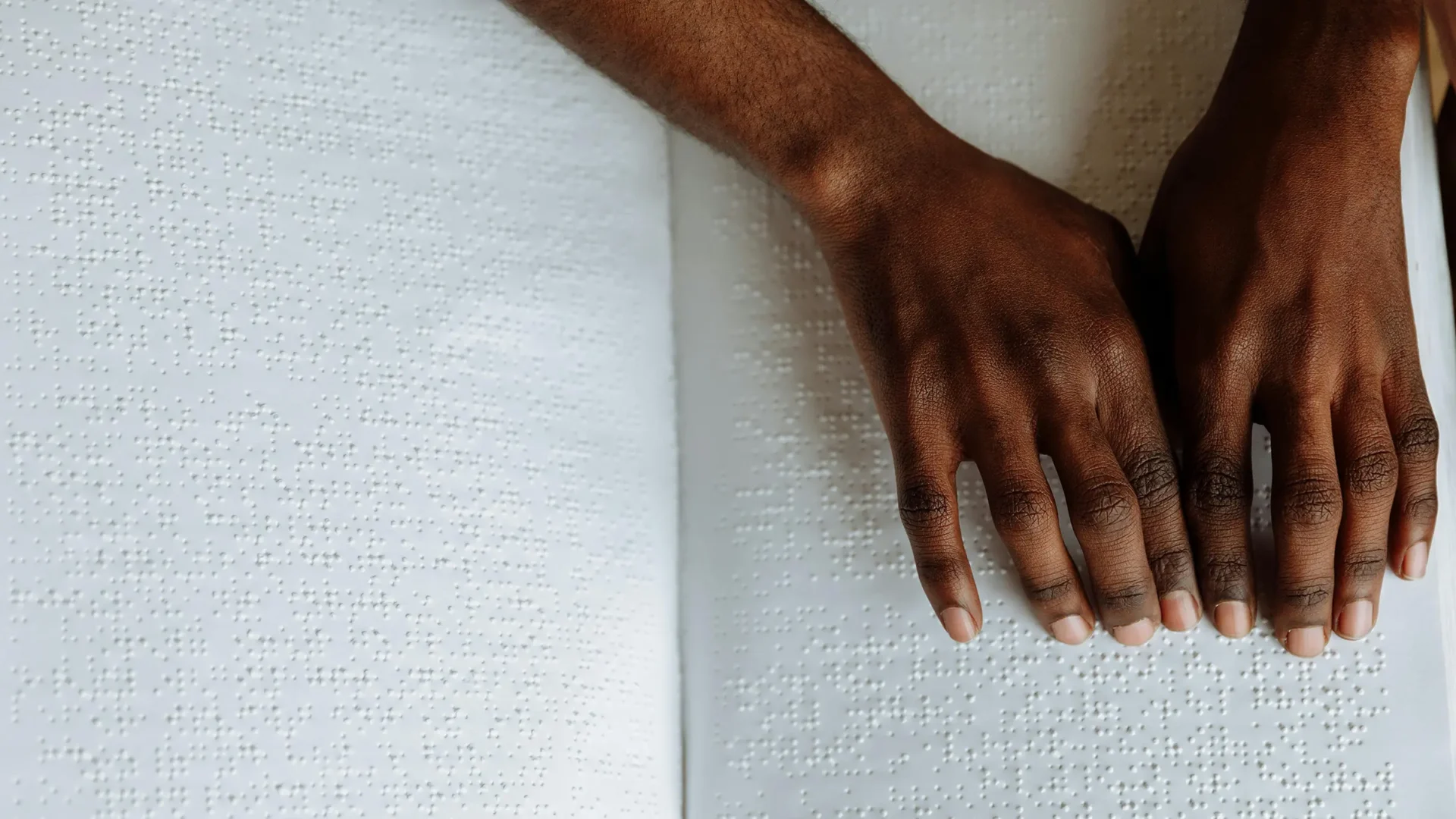Accessibility
The measure of obstacles that prevent people from accessing a product, service, or system.
When we say a design outcome is inaccessible, we say it is unavailable to users. Accessibility is a range instead of an all-or-nothing factor. However, in some cases, design decisions can lead to outcomes that prevent all use for some people. Sometimes, it’s better for a design to be inaccessible, such as rifles in a gun cabinet or the button that launches missiles on a warship. But more often than not, accessibility is a good thing. Physical accessibility is the first kind that comes to mind, such as large typography on an app screen so older adults can read it. However, ideological accessibility is equally important, as is the imagery and words used in an ad campaign, including people of many races and ethnicities. Experiences can’t happen (or can’t happen as intended) if the design is inaccessible.
Examples of Accessibility
- High contrast mode
- Wheelchair accessible
- Closed captions
- Large buttons
Researching Accessibility
Researching accessibility focuses designers on the interaction between people and design. It reveals to what degree a design outcome limits or facilitates use. This process involves examining a design’s features as well as the people who will use the design outcome.
Questions to Ask
- What ability levels are required to interact with the product/service/system?
- In what ways is this designed so it limits people’s use?
- What about the design enables easy usage?
Look For…
- Physical dimensions of the design that could limit usability.
- Language on the design that enables usage by people with specific reading levels or language skills.
- Color choices that could cause issues for people with color blindness.
Sources
Design
Davis, M. (2012). Graphic Design Theory. New York: Thames and Hudson.
Garrett, J. J. (2011). The elements of user experience: user-centered design for the Web and beyond. (2nd ed.). Berkeley, CA: New Riders.
Krug, S. (2006). Don’t Make Me Think!: A Common Sense Approach To Web Usability. (2nd ed.). Berkeley, CA: New Riders.
Norman, D. (2008). HCD harmful? A Clarification. Retrieved from https://jnd.org/hcd_harmful_a_clarification/
Norman, D. A. (2013). The Design of Everyday Things (Revised and expanded edition ed.). New York: Basic Books.
Norman, D. A., & Stappers, P. J. (2015). DesignX: Complex Sociotechnical Systems. She Ji: The Journal of Design, Economics, and Innovation, 1(2), 83-106.
Pater, R. (2016). The politics of design : a (not so) global manual for visual communication. BIS Publishers.
Sanders, E. B.-N. (1992). Converging perspectives: product development research for the 1990s. Design Management Journal, 3(4), 49-54.
Sanders, L., & Stappers, P. J. (2014). From Designing to Co-Designing to Collective Dreaming: Three Slices in Time. Interactions, 21(6), 24-33.
